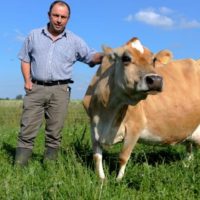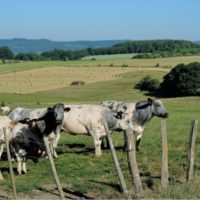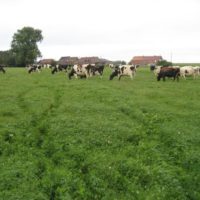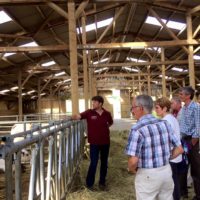Description
The raw fibre content of Festuca arundinacea is high compared to other grasses, although sampling/harvesting takes place before the generative phase. In field trials, crude fibre contents of more than 26 % DM were determined. This led to the question when the crude fibre accumulation begins for Festuca arundinacea.
First results of investigations on the maturity development of Festuca arundinacea show that it already had high crude fibre contents before attaining a development stage suitable for cutting. However, there are variety-specific differences in the degree of maturity. Further evaluations about weather conditions and site characteristics are currently being planned, as these will certainly help to explain these differences.. The seed weight proportion of Festuca arundinacea in seed mixtures must be reconsidered. The aim is to find a compromise between the requirements for forage quality and the weight proportion of seed required to ensure the establishment of Tall fescue due to its comparatively low competitive strength.
Advantages: Tall fescue is suitable also for locations that are not suitable for ryegrass, especially in dry weather or on bog sites, with high groundwater levels and flooding.
Disadvantages: The demands on the elasticity in terms of harvest timing will increase in the future as a result of climate change. However, these requirements are inadequately met by the currently available varieties.
Abstract also available in:
Dutch | French | German | Italian | Polish | Swedish





